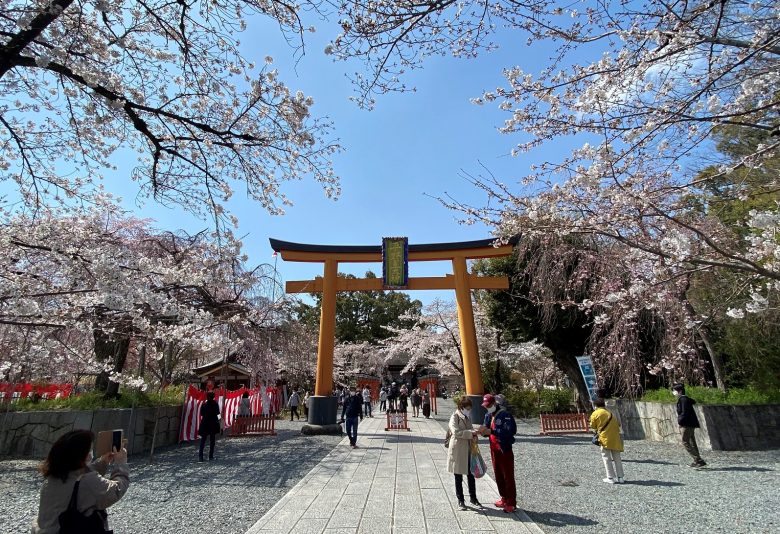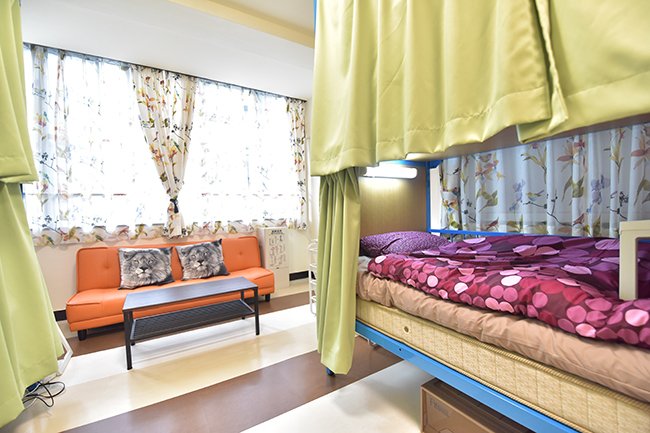
Living in Japan’s traditions: Visiting a shinto shrine
Continuing from our previous Sakura Tip on the differences between shrines and temples, we now focus on an important aspect, the manners when visiting these historical sites of Japan.
During a share house or guest house stay in Tokyo or Kyoto, interacting with other housemates and roommates from all areas of the world shall give a glimpse into different cultures and customs. This is the beauty of traveling and of a stay overseas. Within Japan, a country with such a unique culture, manners change as well. You may find that general manners on the street may differ from the ones in your country, and even more so shall it be notorious if you plan to work in Japan or complete an internship in a Japanese company. Depending on the environment, different manners shall need to be considered. Some of these may be taught to you if you are attending a Japanese language program, but for those who shall plan their travel to Japan by themselves, or be living in a private apartment unit, research in advance may be best. Therefore we detail here a few of the aspects to keep in mind when praying at a shinto shrine.
Visiting a shrine
Besides personal prayers, there are several occasion when Japanese people visit shrines, such as to attend a wedding, special local events (many shrines have their own dedicated “matsuri” festival) or attending Nwe Year’s purification rituals. Whichever the reason may be, manners are always the same, so lets take a look.

The first thing to be aware of takes place at the shrine entrance. Just before crossing the large orange/red “torii” gate, it is custom to make a bow and then enter starting with your left foot. This is done as a salutation to the enshrined gods before entering their sacret grounds. Once inside be mindful on walking on the left side of the road since it is believed that the center is the place where the gods(or “kami” in Japanese) pass. It is best to keep a calm mind within the shrine and avoid any overreactions or large noises as a sign of respect. Taking pictures is fine but please be aware of any displayed signs in special areas.
After this, purifying oneself is the next step. This shall be done at the “chozuya” (or “temizuya”).
Purifying oneself

The “chozuya” is a water basin with some scoop ladles located near the entrance of the shrine. Visitors shall purify themselves in the following manner:
1. Hold the ladle with your right hand and scoop water from the basin. Pour some water gently on your left hand.
2. Now grab the ladle with your left hand and gently pour water on your right hand.
3. Grab the ladle once again with your right hand and pour some water on your left hand and slightly rinse your mouth.
4. Once again clean your left hand by poring some water.
5. Finally, scoop some more water if the ladle is empty and hold it upright, to make the water pour on the ladle itself, cleaning it.
6. Leave the ladle again on the “chozuya”.
Praying to the “kami”

Now comes the time for the main reason of visitors to the shrine, praying to the “kami” gods. For this, we head to the main shrine and ray in the following manner:
1. Throw some money in the offering box. It is usual to use the 5 yen coin but any offering shall be fine.
2. Bow twice.
3. Clap your hands twice and hold them together on the second clap.
4. Pray. It is not required to speak while doing so, as the emotion and thoughts are more important here.
5. Once finishing praying, bow once again.
Getting one’s luck

After praying it is common to go to the area where the “miko” (shinto maidens) are located to get an “omikuji”, a strip of paper detailing ones luck. As it may be, news is not always good, and a visitors who receive an “omikuji” detailing bad luck leave this paper tied to either to a tree or a wall designated in the shrine grounds. In doing so, it is believed that such luck is left in the hands of the “kami”, hopefully to make it a bit better.
Leaving the shrine
Upon leaving the shrine there is only one more thing left to do. Just after passing through the main “torii” gate, one must look back into the shrine and bow once again, as a sign of appreciation and salutation to the “kami”.

It can be difficult to try and remember all these details at once, and some even differ in particular specific shrines, but feel free to revisit this Sakura Tip as may be required. Some shrines even have signs showing how to do so, with the most popular and visited ones with signs in English, but this is not a regular occurrence.
Next we shall be looking at the manners when praying at a temple, so check our following Sakura Tip coming up soon.
SAKURA HOUSE
Nishi-Shinjuku K-1 Bldg. 2F
7-2-6 Nishi-Shinjuku, Shinjuku-Ku Tokyo, Japan
Postal code: 160-0023
Google map
- From Japan:
- 03-5330-5250
- From outside Japan:
- +81-3-5330-5250
- Mail:
- [email protected]
- Office hours:
- 8:50 am to 8:00 pm
We are open every day of the year.
- Tokyo time:
- 15:12(We are open now!)







